Muscle Tone
…. …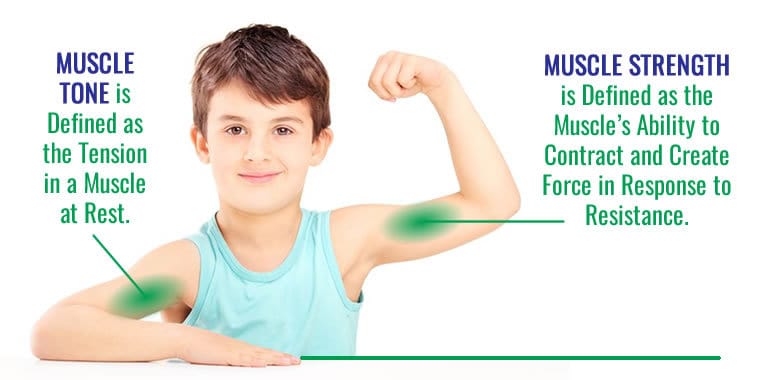
Muscle tone has been described in a multitude of ways, however, neither a precise definition nor a quantitative measure has been determined. Muscle tone is typically discussed in terms of hypertonicity, hypotonicity, or dystonia.
Hypotonia
Hypotonia is a medical term used to describe decreased muscle tone. Normally, even when relaxed, muscles have a very small amount of contraction that gives them a springy feel and provides some resistance to passive movement. It is not the same as muscle weakness, although the two conditions can co-exist.
Hypertonia
Hypertonia is defined as an abnormally increased resistance, perceived by the examiner, to an externally imposed movement of a joint, while the patient is attempting to maintain a relaxed state of muscle activity. The term spasticity is used when the increase in resistance to passive movement increases as the speed of the passive stretch increases.
Dystonia, a hyperkinetic movement disorder.
– characterized by disordered tone and involuntary movements involving large portions of the body
Hypotonia vs Hypertonia
General treatment guidelines
The aim is always to NORMALIZE muscle tone using handling techniques (NDT), positioning and other strategies (Rood approach: weight-bearing, tapping, vibration) that you have been taught.
For more information on NDT and Rood FORs, refer to Frames of Reference Worksheet in Module 1
Examples of types of interventions
Hypotonia Rx
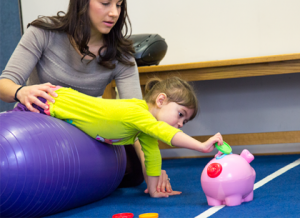
In this scenario the clinician is using weight bearing (proprioception) and anti-gravity postures to facilitate an increase in the child’s muscle tone.
This activity is achieving the following:
• Activating back and neck extensor muscles
• Although the child is flexing her shoulder, it is more about her keeping her arm up against gravity (proximal stability)
• By weight bearing on one hand (on the ground) while reaching forward with the other hand to retrieve the toy, the arm that is weight bearing will be working on increasing muscle tone through joint approximation.
Other treatment ideas for hypotonia: Using vestibular stimulation, weight bearing and anti-gravity postures
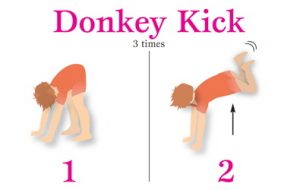
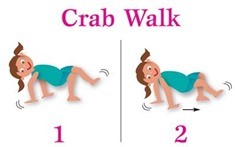
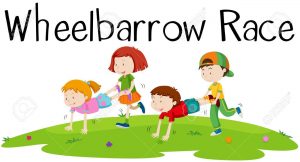
Hypertonia Rx
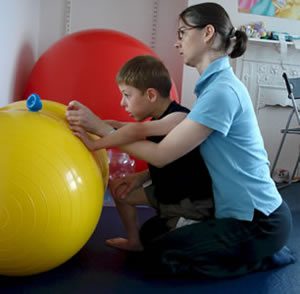
In this scenario the clinician is using weight bearing and helping the child to dissociate his movements.
This activity is achieving the following:
• Breaking up patterns and facilitating normal movement patterns
• Weight-bearing to normalize tone
• Provide a sense of freedom of movement (using ball)
Other treatment ideas for hypertonia: Using vestibular stimulation (slow and rhythmical), slow rolling and weight bearing.
Resources:
https://www.brainfacts.org/Diseases-and-Disorders/Neurological-Disorders-AZ/Diseases-A-to-Z-from-NINDS/Hypotonia
https://www.sciencedirect.com/topics/medicine-and-dentistry/muscle-tone